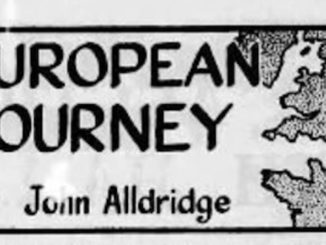Another chapter from “Special Assignment” by my uncle John Alldridge
(published in 1960 and now long out of print)
As long as there have been newspapers there have been crime reporters. For crime is as old as Cain. And human nature being what it is – Crime is always News.
Once upon a time crime-reporting was a slap-happy job. A penn’orth of fact went to a pound of fiction. “’Orrible murder in ‘Ampstead”, sang the newsboys; and the man with the liveliest imagination and a taste for gory details got the job. Then the Law of Libel was tightened up, Facts became important, and bit by bit, the Crime Reporter, as we know him today, came into his own.
But at first it wasn’t easy. The ace crime reporter was very much a lone wolf. He had to be something of a detective, and something of a diplomat too; with it all went that same unerring sixth-sense that told him where the News would break.
Stanley Bishop, Chief Crime Reporter of the News Chronicle, belongs to that great generation. For more than fifty years he has been a legend in Fleet Street.
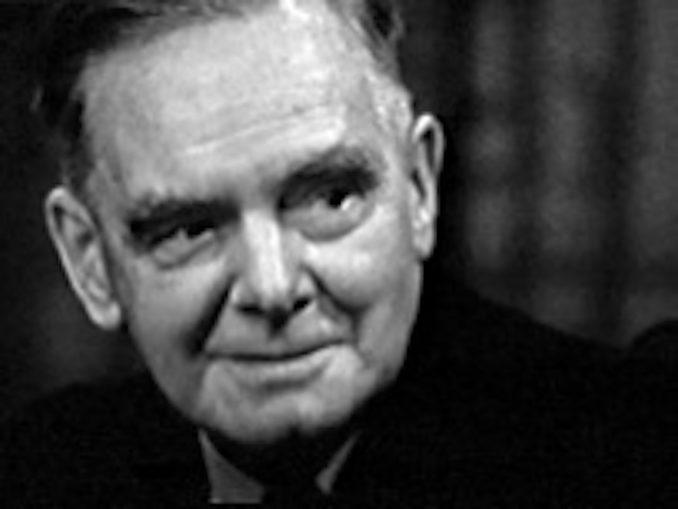
https://www.bigredbook.info – no copyright claimed
When he started as a cub-reporter on the Daily Mail Sherlock Holmes was still in practice. London streets were gas-lit. And life moved no faster than a hansom-cab.
Stanley remembers those clip-clopping hansoms with real affection. If a reporter was sent out on a rush job he was told to “take a hansom”. The old hansom never let you down: it could get you from point-to-point across London faster than the fastest modern taxi.
When sent out of Town on a story the first thing a reporter had to do was to arrange to keep the local post office open for telegraphing. This often took a lot of tact. Press messages were written on long forms spaced 80 words to a page – the charge was a shilling for 80 words! – and franked by Telegraph Passes for which the reporter’s office had to pay later.
A flock of reporters leaving Fleet Street for the scene of the crime in a fleet of high-stepping hansoms must have made quite a picture. For even crime reporters then wore top hats and frock coats. Now most of them favour rather untidy pullovers. And no hats. . . .
In those days, long before the first World War, there was no real co-operation between the newspapers and the police. A reporter had to rely on his detective friends for the vital ‘tip-off’.
“I remember vividly a night when a man came into the reporting-room just before midnight looking very mysterious,” Bishop tells you. “Would we pay him five pounds for the news of a murder?
“Five pounds was a lot of money then: but it seemed worth a gamble. So we agreed to his price. It was just as well we did. For what he told us put us on to one of the biggest stories of the year.
“He had just come from a public meeting at the Caxton Hall where the principal speaker, a distinguished Indian civil servant, had been shot dead by an Indian student.
A merchant navy captain who had tackled and held the assassin had also been shot.
“Starting from scratch, with only four reporters on the story, we had six columns in the last edition of the paper. And not another daily paper had a line.”
Of course an incident like that would be quite impossible today. The Press coverage at Scotland Yard is too competitive. At the Yard now – and functioning extremely well – is a fully-equipped Press Bureau, with a police staff on duty from nine in the morning until eleven at night. After eleven Press enquiries are dealt with by an inspector posted in the Yard’s famous Back Hall.
Crime reporters have their own large, comfortable Press Room. There are six telephone call-boxes in the room from which copy can be dictated direct to news agencies and offices. Throughout the day every item of possible news-value picked up within the Metropolitan Police area is passed on to the Press Bureau from the Yard’s Information Room.
But when Bishop started as the youngest crime reporter in Fleet Street there was nothing like this. It was the era of the Big Scoop. And an astute reporter could make his name with one exclusive story.
It was the notorious Crippen Case that gave young Bishop his chance.
One of the baffling features of the Crippen murder – from the pressman’s point of view – was that so few people seemed to know anything about the Crippens. This is what is called in Fleet Street ‘background’. And since the most trivial details concerning the private lives of the principals involved in a murder case are meat-and-drink to newspaper-readers every crime-man in Fleet Street was trying frantically to fill in the ‘background’.
“I was sent over to Boulogne to find the French girl who had been the servant in the Crippens’ house at Hilldrop Crescent, North London,” Bishop recalls.
“I had no information about the girl – not even her name. All I knew was that she came from a village near Boulogne. Well, I searched and searched, trying every means I could think of to trace her: but without success.
“At last, tired and dispirited, I went into the bar of my hotel and there blurted out my sorrows to the barmaid, who was an Englishwoman.
“Something I said must have rung a bell. Because she suddenly looked across at me and said ‘Why, I know the girl’s mother! She works as a chambermaid at the Hotel Crystal just up the road.’
“That was all I needed. The next moment I was rushing off to the Crystal – to find Crippen’s maid waiting for her mother to come off duty!
“I interviewed the girl and cabled it to the Mail that same night. There was not a great deal in it; except that it was the first interview with anyone who had been in the Crippen house. Next day, after a message of congratulation from the office, I received a visit from the Scotland Yard Special Branch man who was stationed at Boulogne. He wanted the girl’s name and address. For like me he had been detailed to find her. And with all his resources, and the co-operation of the French police, he hadn’t found a trace of her.”
And so, by a combination of luck and initiative, a smart young reporter succeeded where Scotland Yard had failed.
In Stanley Bishop’s heyday it was quite possible for a reporter to find himself investigating a murder and interviewing suspects before the police had got round to it. This just would not be allowed today – despite all Hollywood might tell you to the contrary! There is no room for amateur detectives in modern British police procedure.
On one rather macabre occasion many years ago Bishop was sent off with a photographer into the West Country to interview an elderly farmer, strongly suspected locally of poisoning his wife.
It was a situation demanding tact and ingenuity. For the farmer was quite within his rights in ordering them off his property.
“However,” says Bishop, “we found the chap quite genial and willing to talk freely. Evidently he found talking dry work, for after a while he said jovially, ‘You must have a drink of my cider before you go.’ And he poured out two large glasses from a bottle on the sideboard.
“I’ll confess now I have never felt less thirsty in my life. However we daren’t refuse. So we mentally crossed our fingers and drank.
“He watched us drink with evident satisfaction. But made no attempt to fill his own glass.
“’Aren’t you going to join us” I asked, nervously.
“’Sure!’ he said. ‘But not from that bottle. That’s something extra-special.’ And he grinned in a manner that I found distinctly unpleasant. I glanced sideways at the photographer and could see we were sharing the same thought.
“What fools we were! To sit there drinking with a suspected poisoner – and from a bottle he wouldn’t touch himself!
“The journey by car back to Hereford was a nightmare. We sat there in misery, waiting for the pains to start and the mist to form in front of our eyes.
“We needn’t have worried. Those poison symptoms never set in. All we had taken was some excellent home-brewed cider.
“As for the story – well, there wasn’t anything in that, either. The whole business had been started by disgruntled relatives who were furious that the old farmer intended to marry again for the third time.”
But Bishop’s most embarrassing moment had nothing to do with crime at all.
In the early nineteen-thirties there was a crisis in Spain. King Alfonso had abdicated; and his Queen Ena and the royal children had fled across the French frontier and were journeying on to Paris. Bishop was rushed across to France by the last boat-train of the day, so that he could be in Paris in time to cover the Queen’s arrival.
“I only had an overnight bag – which a reporter should always keep ready packed in his office – and no change of clothes. I got to Paris in good time and without incident; and that night before going to bed gave my one pair of trousers to the hotel valet for pressing.
“Next morning, called early to meet the royal train, I rang for my trousers. Another valet came: but no trousers.
“Eventually the reception clerk appeared to explain that most unfortunately the valet to whom I had entrusted my trousers had gone off duty with my trousers and would not return until too late for me to meet the train!
“What a predicament! A Queen to meet. And no trousers!
“Eventually, with only about five minutes to spare, I borrowed a pair of dress trousers. They were much too short and much too tight. But at least they covered me!
“And so I went out on my first royal assignment to meet a Queen wearing a brown lounge jacket and waistcoat and braided black dress trousers. . . .”
After more than fifty years ‘Bish’ – without doubt one of the best-loved journalists in Fleet Street – is still a young reporter. As a crime reporter he has navigated in very strange waters. But the gentle smile he brought to Fleet Street in 1906 still twinkles and the genial charm – which many people believe went out with the hansom cab – is still, as far as Stanley Bishop is concerned, the most valuable part of a reporter’s stock-in-trade. It has won him many friends.
A good crime reporter, like a good policeman, is known by his friends.
His colleague George Glenton tells a delightful story of how well-remembered is ‘Bish’ by his friends:
It happened during a murder trial at Hampshire Assizes a few years back. The court had just risen for the day and from the corridor behind the judge’s dais came the stately procession of bemedalled officials, court officers and county dignitaries escorting the most stern-faced judge of the Queen’s Bench.
Constables in their best uniforms pressed back the crowd at the main entrance. Stanley – a second too late to escape – was caught in the crush. Solemnly the procession moved towards him. Fanfares sounded, policemen stood to attention. Then as the judge drew level with Stanley the procession stopped.
Agitated officials looked around anxiously. A surprised constable relaxed his pressure on Stanley’s chest as the judge smiled at ‘Bish’.
‘How nice to see you again, Stanley! – I’m so glad you could come,’ said the judge. He gave a friendly parting nod and led his procession away.
Stanley was not surprised. He told a very astonished policeman: “We used to be reporters together in the old days. He was quite good.”
Notes:
- My uncle’s book contains the following dedication –
For Stanley Bishop, who helped
me so much in the beginning.
- From the website https://www.bigredbook.info (reproduced by permission and with thanks.) –
“THIS IS YOUR LIFE – Stanley Bishop, Fleet Street crime reporter, was surprised by Eamonn Andrews outside the BBC Television Theatre.
“The production team had created a ‘mock’ robbery at the BBC to entice the reporter to the ‘scene of the crime’.
“Stanley worked for 5 national newspapers over a 56 year career, and was regarded as Britain’s No 1 crime reporter.”
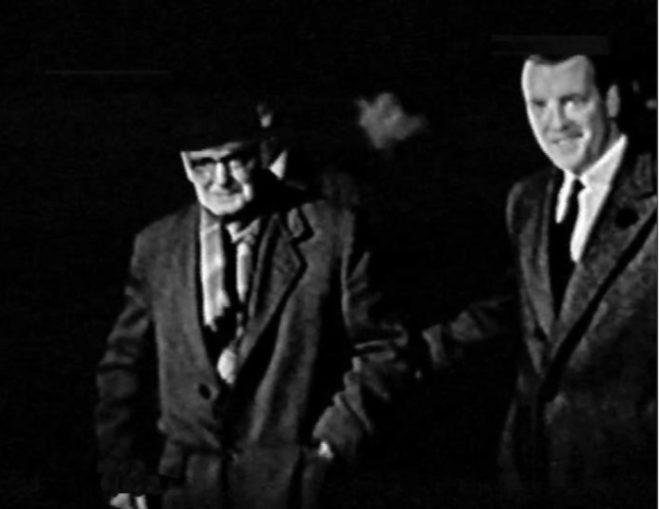
no copyright claimed
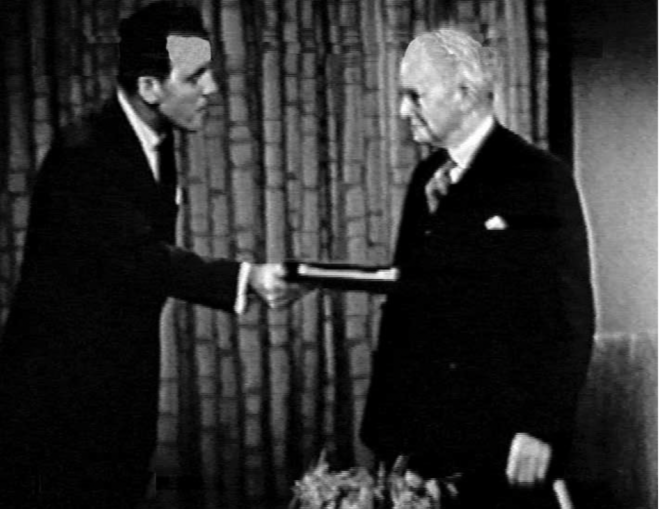
no copyright claimed
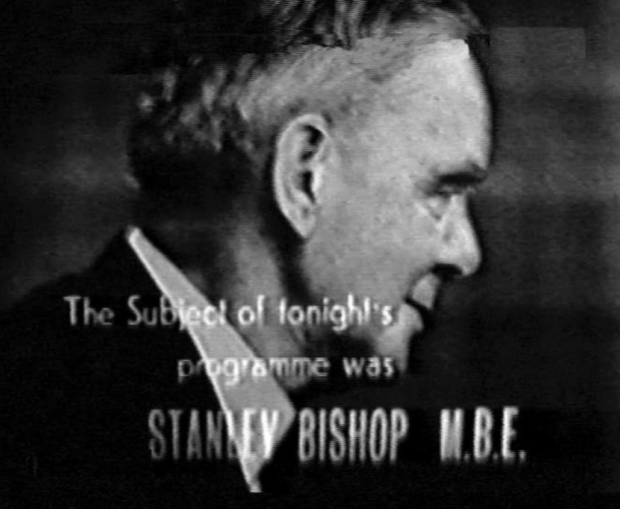
no copyright claimed
Jerry F 2022

